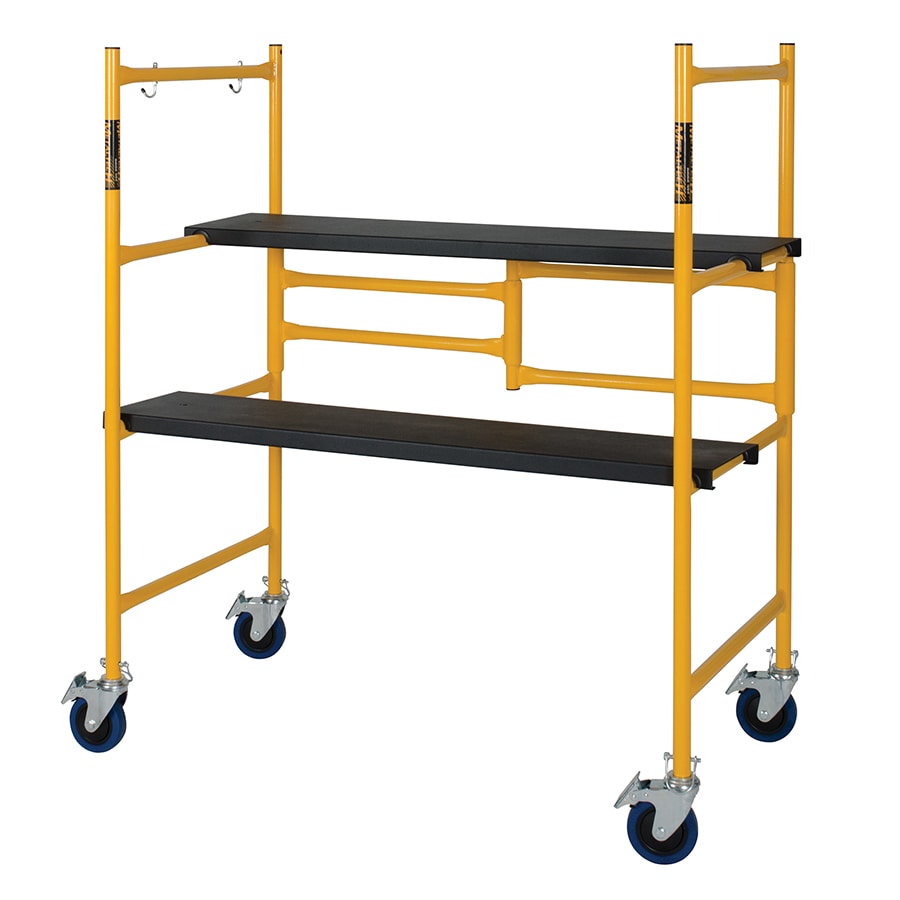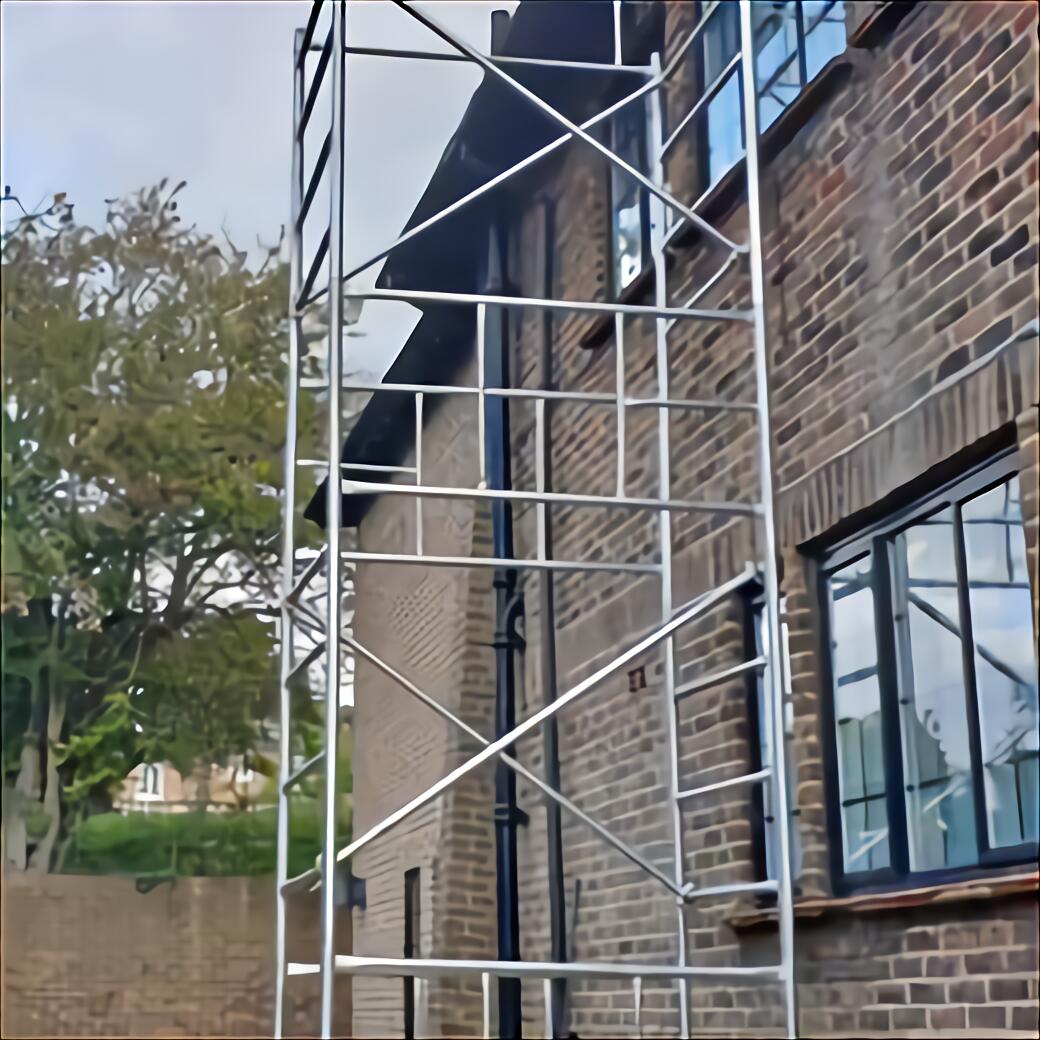Stairway Access Scaffolding: Combining Safety with Benefit
The Makeup of a Scaffold: Understanding Its Components ======================================================
To understand the anatomy of a scaffold, concentrate on its crucial functions like offering security for workers at diverse heights and ensuring job effectiveness. Parts include steel, light weight aluminum, or wood products made for safety and security and security. Scaffold structures can be found in numerous types and products, with adjustable heights and cross-bracing for assistance. Platforms are crucial for employee safety, needing appropriate weight distribution and protected add-on. Safety measures require mindful examination, safe base plates, guardrails, and routine checks. Checking out these elements even more enhances expertise of scaffold construction and safety treatments.
Trick Features of a Scaffold
What crucial duties does a scaffold play in numerous construction projects?
The functions of a scaffold are vital in giving a secure and reliable working environment for building workers. The framework of a scaffold is created to sustain employees, products, and equipment at elevated elevations during building and construction, upkeep, or fixing tasks. Safety and security is a key concern when it involves scaffolding, and guidelines remain in place to ensure that scaffolds are put up, made use of, and took apart correctly to prevent crashes and injuries.
One crucial feature of a scaffold is to supply a secure system for workers to do jobs at various elevations. The structure of the scaffold should be strong and safe and secure to sustain the weight of workers and products. In addition, scaffolds permit workers to access hard-to-reach areas of a building or structure securely. By adhering to safety and security policies and standards, such as utilizing appropriate autumn defense equipment and evaluating the scaffold routinely, building jobs can be completed successfully and without incidents.
Main Components of a Scaffold
Scaffolds contain several major parts that are vital for assuring the stability and safety of elevated work platforms in building projects. The major parts of a scaffold consist of scaffold products and scaffold layout. Scaffold materials differ based on the needs of the building job and can consist of steel, aluminum, wood, or a combination of these products. The scaffold layout incorporates the format and framework of the scaffold, ensuring it can sustain the desired load safely.
The selection of scaffold products is vital in figuring out the stamina, durability, and general safety of the scaffold. Steel scaffolds are known for their robustness and capability to sustain hefty lots, making them appropriate for big building tasks. Light weight aluminum scaffolds, on the various other hand, are light-weight yet resilient, making them suitable for tasks that call for constant repositioning. Timber scaffolds are generally made use of for smaller jobs as a result of their cost-effectiveness.
In scaffold layout, aspects such as the scaffold's height, weight capacity, and configuration are thoroughly considered to meet safety policies and project requirements. Appropriate scaffold design is necessary to prevent mishaps and make sure a safe and secure working environment for construction workers.
Recognizing Scaffold Frames
Comprehending the structural structure of scaffold systems is important for making certain stability and safety on building and construction websites. Scaffold frames play a crucial function in giving the essential support for workers and products at different elevations. To grasp the concept better, think about the adhering to bottom line regarding scaffold frames:
Kinds of Frames: Scaffold frameworks been available in different kinds such as walk-through frameworks, ladder structures, and stonework frames, each offering particular functions on building and construction websites.
Material Structure: Structures are generally constructed from steel or light weight aluminum, supplying durability and toughness to sustain the scaffold framework.
Interlocking System: Several scaffold structures include an interlocking mechanism that enables simple assembly and disassembly, boosting performance on-site.
Adjustable Levels: Some framework kinds use flexible height setups, allowing employees to customize the scaffold to match various task needs. scaffold dismantling
Cross-Bracing for Security: Cross-bracing is usually included into frame styles to improve scaffold stability and avoid persuading or tipping throughout use.

Comprehending these elements of scaffold frameworks is necessary for guaranteeing a risk-free and trusted working environment on construction projects.
Relevance of Scaffold Operatings Systems
Examining the essential role of scaffold platforms in making certain structural integrity and safety at raised worksites is vital for construction professionals.
Scaffold systems serve as the important straight structures where workers stand, relocate, and carry out jobs. Platform security is paramount, as it directly influences the safety and security of workers and the success of the building and construction task.
Correct weight distribution on scaffold platforms is critical to stop overloading, which can result in system failing and mishaps. Making sure that systems can support the desired load capability is essential in keeping a secure workplace.
Additionally, scaffold systems must be firmly connected to the scaffold structure to prevent any motion or instability during usage. Building and construction professionals must carefully check scaffold systems prior to each use to recognize any signs of damages or wear that can jeopardize their security.
Precaution for Scaffold Assembly
Thinking about the critical nature of scaffold stability and platform integrity, the application of strict precaution during scaffold setting up is important to alleviate threats and assure a safe working environment. Sticking to safety standards and guaranteeing appropriate training are fundamental aspects of scaffold setting up. Here are five vital precaution to comply with:
- Examine Tools: Prior to setting up, thoroughly examine all scaffold components for any kind of damages or problems that could compromise safety and security.
- Secure Base Plates: Guarantee that base plates are firmly placed on a strong surface to provide security and prevent tipping.
- Use Guardrails: Mount guardrails on all open sides and ends of the scaffold to avoid drops and boost employee security.
- Effectively Planked Systems: Scaffold platforms must be properly planked with products capable of sustaining intended lots to prevent structural failures.
- Regular Safety Checks: Conduct regular security evaluations throughout setting up to identify and address any type of security dangers immediately.
Often Asked Questions
Are There Any Kind Of Regulations or Guidelines for the Optimum Elevation a Scaffold Can Be Constructed To?
Scaffold security is vital in making sure safety and security on building and construction websites. Height regulations dictate the optimum permitted height for scaffolds to preserve structural integrity. https://chelseascaffolding.co.uk/index.html Safety and security safety measures, such as regular evaluations and adherence to guidelines, are vital, specifically in severe weather conditions.
Can Scaffolds Be Used in Extreme Weather Issues Such as Hefty Rainfall or Snow?
Scaffolds can be made use of in extreme weather conditions with appropriate preventative measures. Waterproofing approaches like covering with tarpaulins and sealing joints can safeguard against hefty rain. Winter preventative measures include making use of non-slip surface areas and making certain stability in snow.
How Frequently Should Scaffolds Be Inspected for Wear and Tear or Damage?
Scaffolds should be checked consistently based on security standards to ensure architectural honesty. Inspection regularity relies on usage, with many policies recommending regular checks. Routine maintenance practices are essential for recognizing deterioration or damage quickly.

Exist Any Kind Of Particular Weight Limitations for Scaffolds to Make Sure Safety And Security?
Weight restrictions for scaffolds are vital to guarantee safety on construction websites. Security regulations typically determine certain weight abilities for different kinds of scaffolding based on their style and products. Adhering to these restrictions is essential.
What Are Some Usual Errors or Mistakes to Avoid When Assembling a Scaffold?
When constructing a scaffold, crucial mistakes to prevent consist of improper supporting, forgeting protected ground, utilizing damaged parts, surpassing weight restrictions, and overlooking security guidelines. Warranty thorough training, regular examinations, and conformity with guidelines.
Final thought
To summarize, understanding the vital functions and parts of a scaffold, consisting of structures and systems, is essential for assuring security throughout assembly.
By adhering to precaution and guidelines, employees can successfully use scaffolds for different building and construction projects.
It is imperative to focus on the appropriate setting up and upkeep of scaffolds to avoid crashes and guarantee a safe and secure working environment.